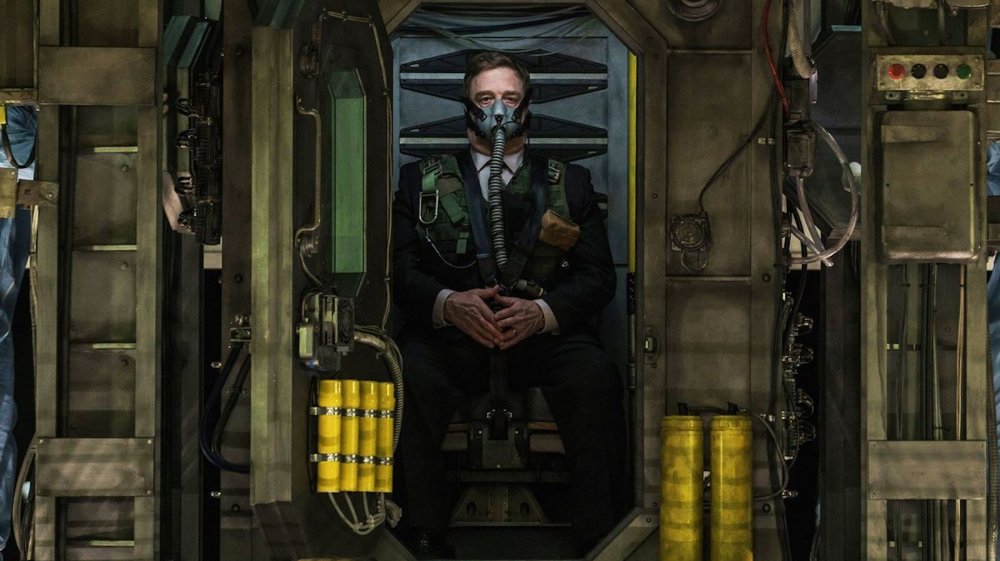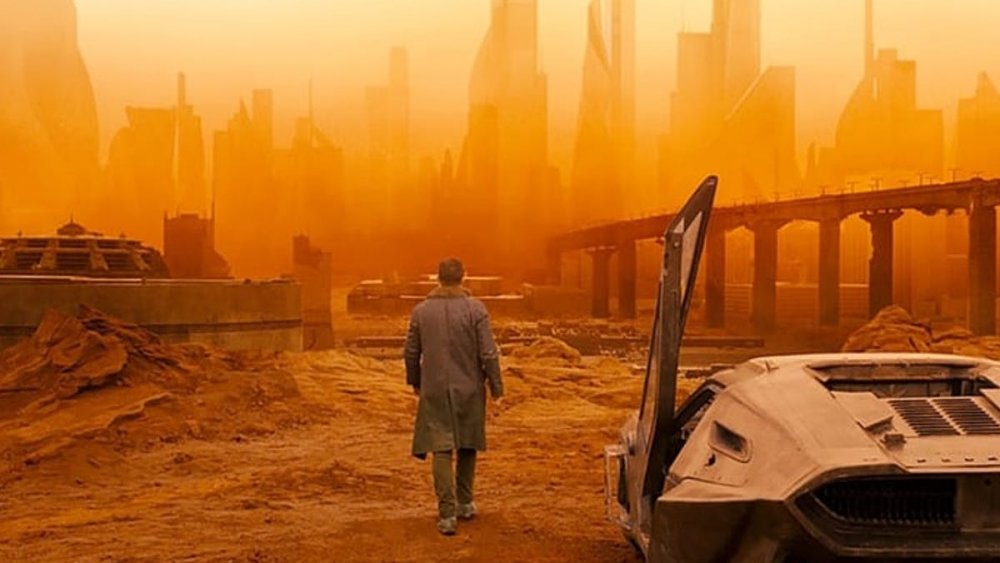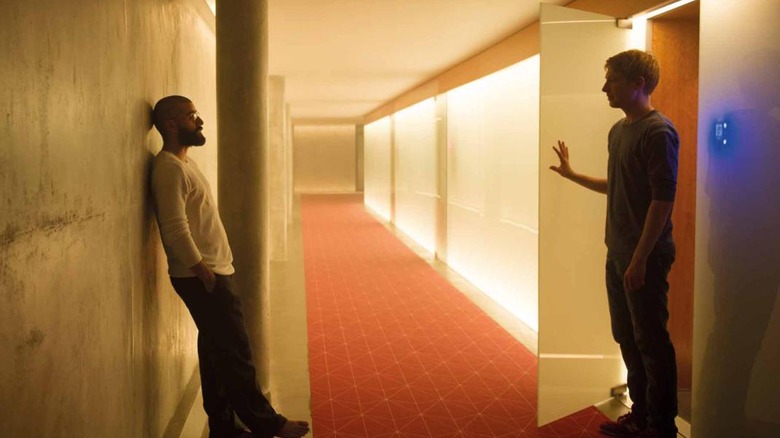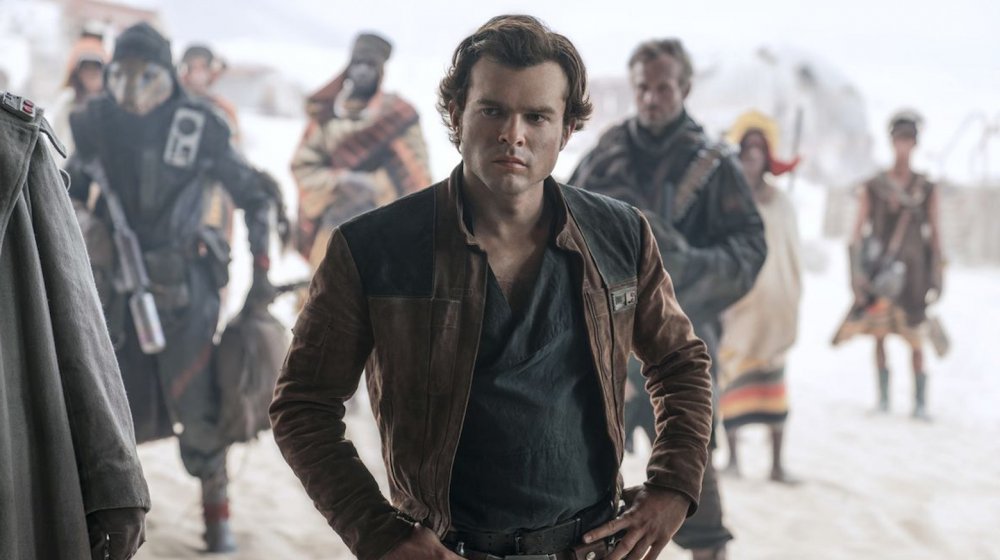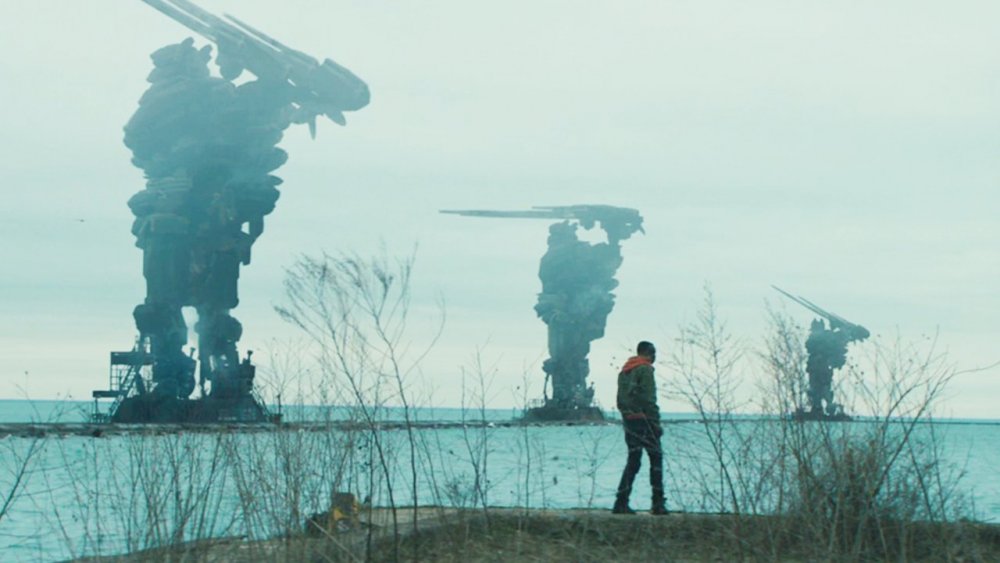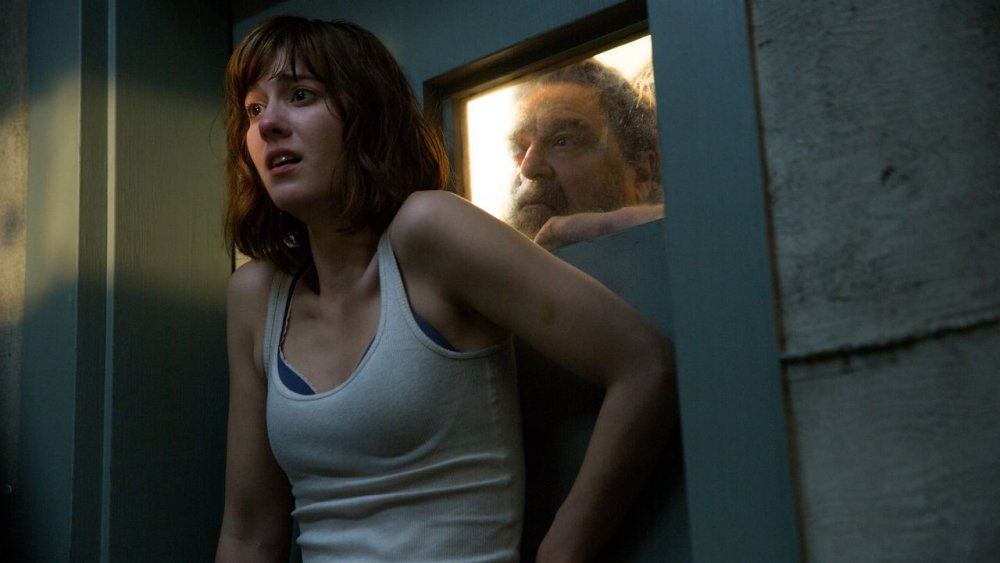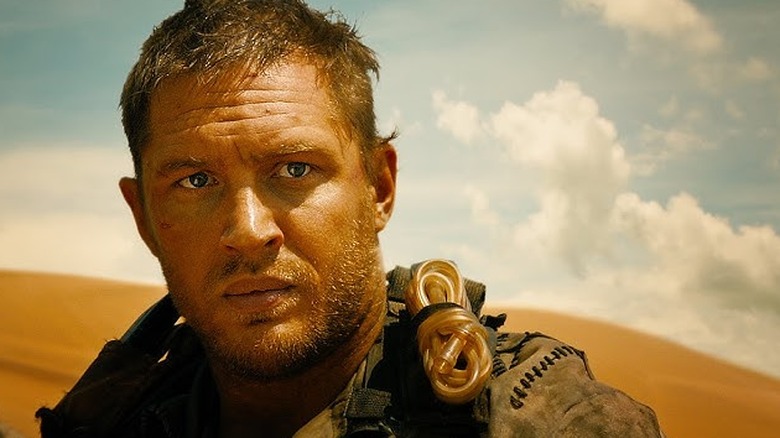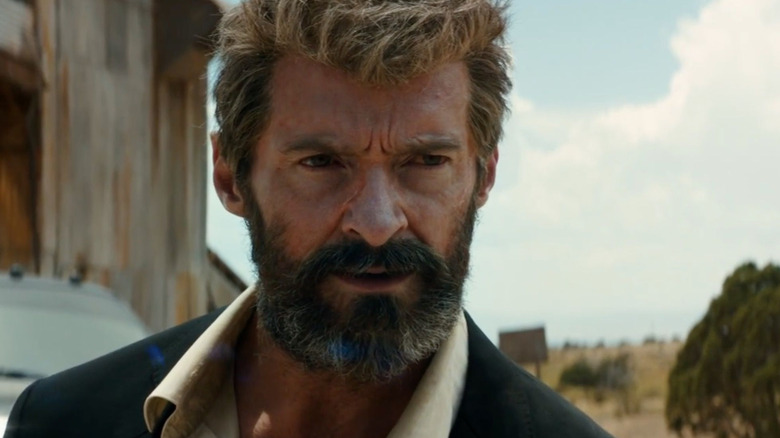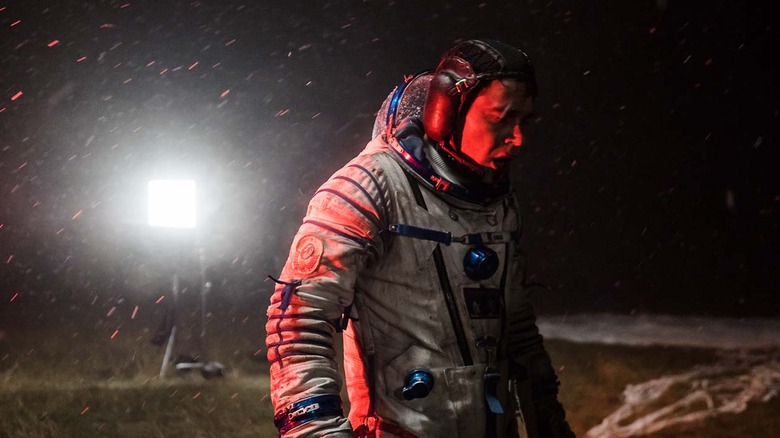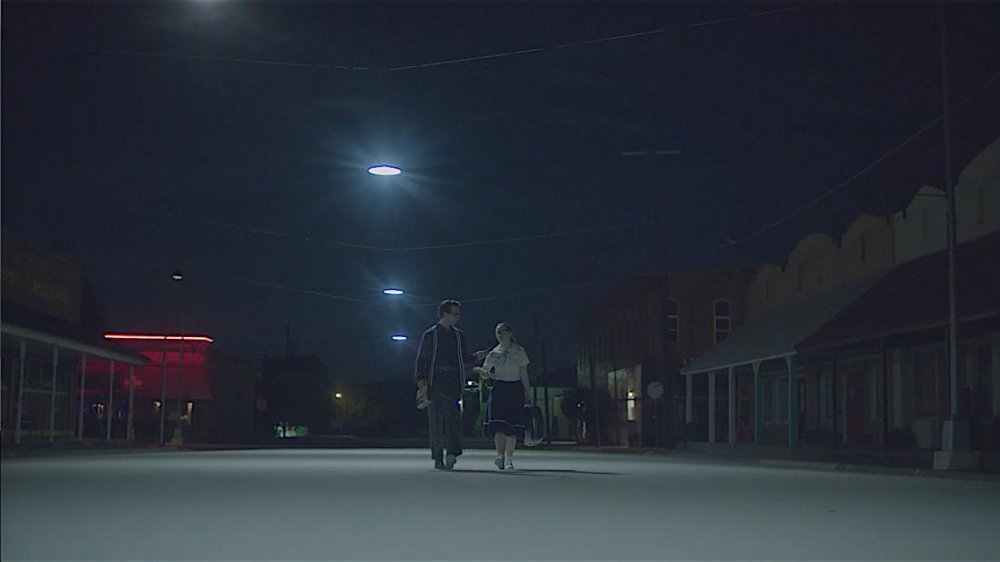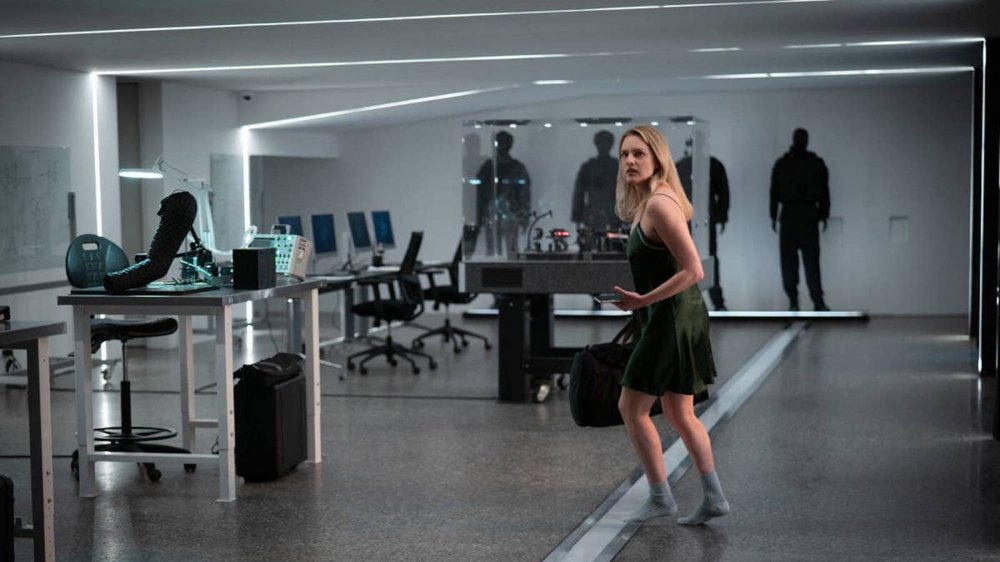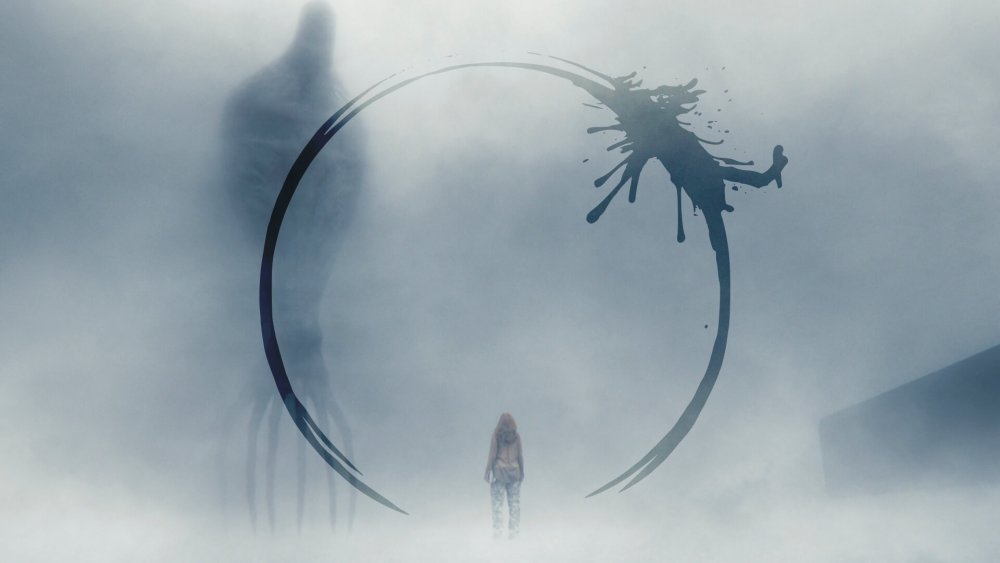These Movies Will Kickstart Your New Sci-Fi Obsession
Science fiction continues to be a favored genre of movie audiences well into the 21st century, even as other important genres of cinema's classical years –- the western, the musical — have largely passed out of popularity. Sci-fi films regularly command the largest budgets in Hollywood and are aimed at, and consumed by, the largest audiences. A quick glance at the box office numbers over the last decade confirms that sci-fi — while generating its share of bombs — has also produced some of the most popular recent American movies, including Guardians of the Galaxy, The Hunger Games, Avatar, Interstellar, The Avengers, the Planet of the Apes trilogy, Transformers, Star Wars, and Star Trek.
And yet, not everyone is a fan! Some viewers find sci-fi esoteric, or goofy, or boring and pompous. Some are just tired of the Hollywood blockbusters. Yet sci-fi regularly continues to attract indie filmmakers as well, who in recent years have produced unique and sometimes undefinable cinematic experiences such as Under the Skin, Snowpiercer, Primer, Melancholia, and Color out of Space. Perhaps those turned off by science fiction haven't been exposed enough to the malleability of the genre. Or perhaps they don't recognize that sci-fi is regularly mashed up with the kinds of films they do like. Perhaps all they need is to be introduced to sci-fi through the gateway of another format or genre. With that in mind, we offer a diverse selection of recent sci-fi films that just might kickstart your new sci-fi obsession.
Blade Runner 2049
A movie of transcendent beauty. Even viewers who don't care much for sci-fi, or who find Blade Runner's world cold or overly ruminative, can still be wowed by the special effects, lavish production design, and Roger Deakins' Oscar-winning cinematography. This movie is so gorgeous and ethereal, it could be the lightshow at a rave. Its cyberpunk characters would feel right as home there as well.
The original Blade Runner was marketed as sci-fi action back in 1982 (that's what Warner Brothers believed it was getting, anyway), but what auteurist Ridley Scott delivered was more like a European-style art film — slowly paced and violent with a chilly tone and ambiguous ending. Once viewers understood the film for what it is, it evolved into a cult classic, then a widely hailed masterpiece. Enter director Denis Villeneuve to make Blade Runner 2049. As a director who specializes in violence, chilly tones, and ambiguity — in films such as Prisoners, Sicario, and Arrival — he was the man for the job. So is 2049 more accessible to casual moviegoers than the original? Probably. Ryan Gosling does a steady job of carrying the film's narrative as a Replicant trying to discover if he may actually be human. And though it's suffused with grand sci-fi themes, there's enough thrillingly staged action to keep things moving. But the visuals are where this movie lives. For the viewer looking to get back into sci-fi at the level of epic dystopian world-building, Blade Runner 2049 has few rivals.
Ex Machina
Blade Runner 2049 spent more than $150 million to create its elaborate futuristic world. Ex Machina was made for only $15 million, yet presents a world no less futuristic or enveloping. In fact, the movie was so successful in staging its singular vision, it won an Oscar for Best Visual Effects, beating out much more expensive sci-fi releases from the same year, including Star Wars: The Force Awakens. It's proof that when it comes to science fiction, a vivid imagination is still the most important creative tool.
Indie connoisseurs who like their movies on smaller canvases and populated with unique characters should fall for the seductive Ex Machina. The movie dramatizes a love triangle of sorts between a genius AI creator (Oscar Isaac), his beautiful android creation Ava (Alicia Vikander), and Caleb (Domhnall Gleeson), a coder who works for Nathan's company. Caleb invites Nathan to his remote compound deep in the woods to perform a series of tests on Ava. He wants to know how human she feels to him. But it quickly becomes hard to tell who is testing whom, and just how self-aware Ava and her fellow androids are. Taut performances and brilliantly crafted twists and turns propel the film, which plays as much like a futuristic thriller as it does a character study, and has a feminist ending for the ages. For indie buffs who like their cinema small and thoughtful, this Ex Machina is an ideal film to rediscover the sci-fi genre.
Solo: A Star Wars Story
Solo: A Star Wars Story was a famous dud at the box office by the franchise's world-beating standards, and it had the misfortune to debut after Disney released three new Star Wars movies in 24 months. It also dropped six months after the controversial The Last Jedi, which split fans over radically different notions of what Star Wars should be. It was definitely a moment of Star Wars fatigue. But the reviews weren't that bad. And the movie's reputation has undergone rehabilitation, with viewers rediscovering it.
And they should. Especially for non-sci-fi and non-Star Wars fans, Solo is a pretty good option to ignite your interest. The movie is set in the Star Wars galaxy 14 years before A New Hope, and unlike most of the entries in the series, it doesn't bother at all with the Jedi, or the mysticism of the Force. Instead, it's a swaggering, gunslinging Star Wars jammed full of close shaves and exciting escapes, similar in spirit to the original. The casting is aimed at crowd-pleasing, populating the movie with appealing stars from other franchises: Woody Harrelson as a roguish smuggler, Emilia Clarke (Daenerys herself) as Han's object of devotion, Donald Glover doing a spot-on Lando Calrissian, and the inimitable Phoebe Waller-Bridge of Fleabag playing a droid hellbent on droid liberation. As for Alden Ehrenreich as Solo, he's so droll and charismatic you forgot he's not Harrison Ford almost immediately. The legend himself even praised Ehrenreich's performance.
Captive State
This alien occupation movie came and went with very little fanfare. The reviews weren't good and the box office was worse. But like Solo, Captive State is ripe for rediscovery. Not only is it a crackerjack sci-fi thriller with a great final twist, the movie is effective as an allegory for the restricted social mobility of the urban Black American community. Set in the near future, it focuses on a group of Chicago resistance fighters led by Gabe (Ashton Sanders) and his brother Rafe (Jonathan Majors), who push back against the aliens that have turned humans into slave labor. The brothers strive toward liberation while trying to elude a Chicago police commander, William Mulligan (John Goodman). Like many of the humans now in power, Mulligan exists to do the aliens' bidding.
Much of what the movie allegorizes — the dangers of surveillance, authoritarianism, class divide, environmental destruction, etc. — is nothing new for dystopian science fiction. What makes Captive State specific beyond those familiar genre tropes, and relevant to its moment, is the way that it visualizes Black urban fear within the context of its narrative. And yet, while the movie has empathy for those affected by institutional inequality, it doesn't suggest that people aren't responsible for their own moral choices, even under the worst circumstances. For viewers looking to reignite their passion for sci-fi with a message — while still getting their pulse racing — they could do worse than this stirring, thoughtful movie.
10 Cloverfield Lane
John Goodman stars in another great recent sci-fi film that is riveting enough to draw in non-sci-fi fans. If you associated this film with Cloverfield and don't care for city-chomping monster movies, it's understandable if you kept browsing, thinking it might be a sequel. But while the two movies are meant to exist in the same universe, in every other way they could hardly be more different.
10 Cloverfield Lane focuses on Michelle (Mary Elizabeth Winstead), a woman who gets into a bad car accident and wakes up inside an underground bunker lorded over by the testy Howard (Goodman). He informs her that he has saved her just in time to escape some kind of recent world cataclysm (Nuclear war? Communications are out and it's impossible to tell inside the bunker.) She doesn't believe him until she meets their third bunker-mate, Emmit (John Gallagher Jr.), a young man who confirms Howard's story. What happened out there? When can they leave? Is Howard dangerous? In answering these questions, the movie is a masterclass in surprise, suspense, and revelation. Some viewers take issue with the ending, but if you consider it in terms of Michelle's character arc — and the final choice she makes to change — it's perfect. 10 Cloverfield Lane tells a grounded story, and for long stretches doesn't even feel like sci-fi. For moviegoers wanting to revitalize their notion of how flexible the genre can be, this movie is a great place to start.
Mad Max Fury Road
It's a little shocking to revisit this movie again after not seeing it for a few years and realize just how good it really is. The many fans and critics who called Fury Road one of — if not the — best action films ever made, weren't just engaging in hyperbole after having their senses bulldozed by director George Miller's futuristic demolition derby. The combat, car chases, explosions, gunfire — the sheer spectacle of bodies and vehicles in motion — will satisfy any fan of Die Hard, James Bond, or John Wick.
Miller's earlier movie, The Road Warrior, is also universally lauded as one of cinema's great action films. What's his secret? He's tapping a deeper well for his fictional universe than just last year's Hollywood blockbusters: the action movies of silent cinema, especially Buster Keaton and The General. Miller understands that silent movie artists had to be very inventive and disciplined to tell their stories visually without the crutch of sound or color. A movie like The General is told through precisely staged action, stunts, and a vivid imagination that tries to keep topping itself — all of which is a pretty good description of Fury Road. And that's before we even get into the epic sci-fi world-building — a self-contained dystopia with every futuristic detail worked out with great originality and logic. For any action fan wanting to detour into sci-fi, Mad Max Fury Road is the obvious place to start.
Logan
It's funny how moviegoers who dismiss science fiction as goofy geek stuff lap up three or four new comic book flicks a year. Most comic book movies are nothing but science fiction. Marvel and DC titles may be set in the present, but that doesn't mean they aren't chock full of every other sci-fi trope save for a futuristic setting, including alien invaders, time travel, and advanced technology. If you love comic books but think sci-fi is silly, try looking at your next comic book movie through a sci-fi lens.
Start with Logan, one of the most exciting and moving recent comic book adaptations, and one that doesn't hammer in its sci-fi elements. Rather, Hugh Jackman's final Wolverine movie wears its sci-fi tropes lightly. Though set 10 years in the future, the movie doesn't paint wide vistas of futuristic cities or show people zipping around in flying cars. In fact, the movie's aesthetic is steeped in the past of the movie Western, brimming with gunfights, dusty outposts, and stark moral dilemmas. But that doesn't mean the sci-fi tropes aren't there. Logan himself is an advanced weapon whose skeleton is coated in an indestructible alloy. He does battle with a sinister lab developing human hybrids for military purposes — and he's forced to fight a clone of himself. Maybe realizing that you enjoy some of these sci-fi elements will spur you on to check out sci-fi flicks outside the comic book domain.
Sputnik
But what about viewers who have no use for American movies at all? Have no fear! Science fiction is a global language. Some of the genre's most classic movies have been made in countries other than the United States, including Metropolis, Solaris, Godzilla, and Alphaville. The 2020 Russian science-fiction horror film Sputnik, directed by Egor Abramenko, may not quite approach the heights of these classics, but it's still a potent exercise in sci-fi horror that freely channels influences such as Alien while adding some original elements.
Like Ridley Scott's pioneering film, Sputnik features a capable, no-nonsense female lead, Dr. Tatyana Klimova (Oksana Akinshina), a brilliant psychiatrist called to a remote facility to help discern what happened to two cosmonauts after their encounter with a malevolent presence in Earth's orbit. She gradually discovers the horrors at the facility, and true to the genre, plenty of them are of the human variety. Of course she is commanded to keep her discoveries a secret, and given the movie's 1980s Cold War setting, this could be read as an allegory for the Chernobyl debacle, along with the ineffectual insanity of Soviet bureaucracy depicted. At the basic level of cinema, Sputnik is gorgeously photographed, evocative, and creepy, with a commanding lead performance by Akinshina. But it also provides a little extra for those who crave the mellifluous tones of a language other than English, along with a story that doesn't regard the United States as the center of the sci-fi universe.
The Vast of Night
Viewers who don't care all that much for sci-fi may not know that the genre's first golden age was in the 1950s. Alien invasion and giant monster movies creeped out kids at the drive-in while also serving as allegories for the existential threats of communist takeover and nuclear power. Their kitsch — melodramatic situations and bad special effects — was part of their charm. A recent gem that pays homage to the era is The Vast of Night, about two young small-town residents, Everett and Fay, who gradually come to believe that UFOs may be paying their New Mexico burg a visit during the night of a local basketball game. The indie flick pays loving homage to the tropes of the era and genre: eerie lights in the sky, U.S. military cover-ups, and alien abductions.
This film is the debut of director Andrew Patterson, who is ingenious in the way he creates a sense of mystery and foreboding on a tiny budget. The Vast of Night is also clever in the way it exploits technology of the era — radio and telephone — to allow Everett and Fay (he works as a local DJ; she as a switchboard operator), to keep in touch with each other, as well as contact other locals who are in possession of vital secrets. Viewers charmed by the movie may find themselves eager to check out the old '50s classics next, in all their melodramatic glory.
The Invisible Man
This sci-fi/horror genre hybrid throws it back to an even earlier cinematic era — the early 1930s, when Universal Studios had a string of sci-fi horror hits that have long been immortalized as classics, including Dracula, Frankenstein, The Mummy, and The Invisible Man. Each of these films has been remade many times. Universal even had the recent idea to reboot all of these classics under the Dark Universe banner, but the plan imploded spectacularly when the Tom Cruise version of The Mummy flopped in 2017.
But with a much smaller budget and a more focused vision for the #MeToo era, director Leigh Whannell was more successful in creating his update of the Invisible Man starring Elisabeth Moss. Look no further than The Handmaid's Tale to see what a master Moss is at conveying the inner life of a character with just her eyes. She is especially good at expressing worry and fear. No surprise, then, that she is the ideal star for this film, playing an abused and gaslit woman who is pursued by a monster that she can't even see. While the horror elements of this movie are very effective, Whannell doesn't neglect the sci-fi. The invisibility suit is sleek and futuristic, and the mumbo-jumbo about how the cutting edge technology works is given sufficient credibility. But it's handled subtly in a movie that focuses on being scary and disturbing. The Invisible Man is an ideal gateway into sci-fi for horror aficionados.
Arrival
Along with Blade Runner 2049, director Denis Villeneuve places a second film on this list with Arrival, his acclaimed epic about alien first contact from 2016. (Perhaps he'll go three for three after his hotly anticipated adaptation of Frank Herbert's sci-fi classic Dune opens.) Viewers who prefer prestige cinema, and avoid sci-fi because of its lowbrow reputation, might find their way to the genre through Villeneuve's film, which was nominated for multiple Academy Awards, including Best Picture and Best Director. It features all the trappings of highbrow cinema — gorgeous widescreen cinematography, a classical score, several acting Oscar nominations between the three leads, Amy Adams, Jeremy Renner, and Forest Whitaker; and grandiose themes about human shortsightedness, fate vs. determinism, and the nature of time.
The movie avoids the lowbrow sci-fi tropes of alien invasion movies such as Independence Day — ray guns, menacing aliens, exploding monuments. Instead it dramatizes a thoughtful consideration of what a peaceful encounter with alien visitors might look like if academics and scientists, rather than the military, led the way. This brainy film tends to prompt all sorts of intellectual discussion, and any lover of prestige cinema should feel perfectly respectable holding a viewing with their Chardonnay-quaffing friends. It could even ignite a passion for science fiction that sends them to the lowbrow stuff next.
